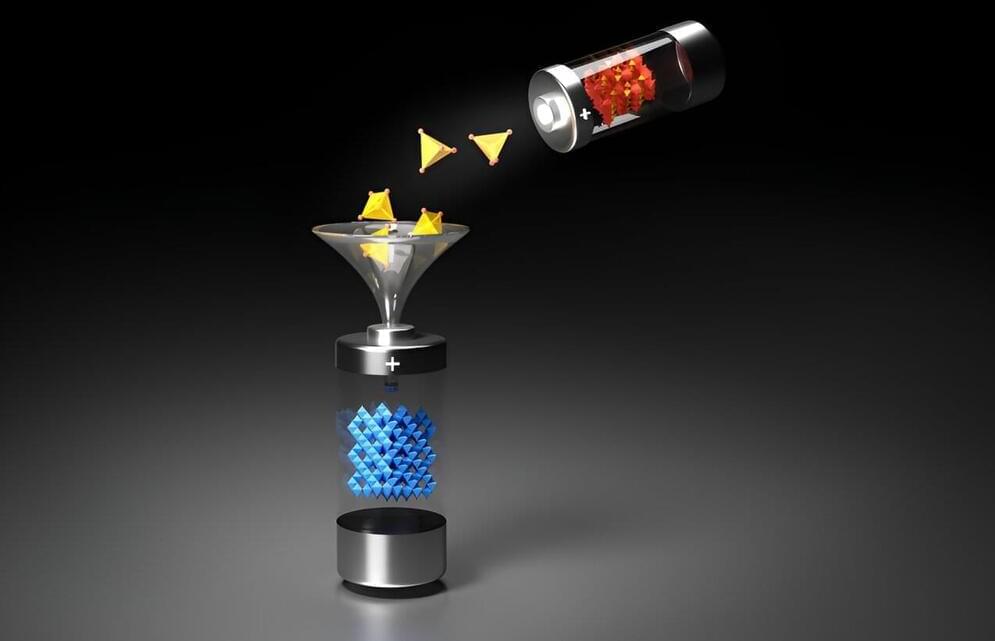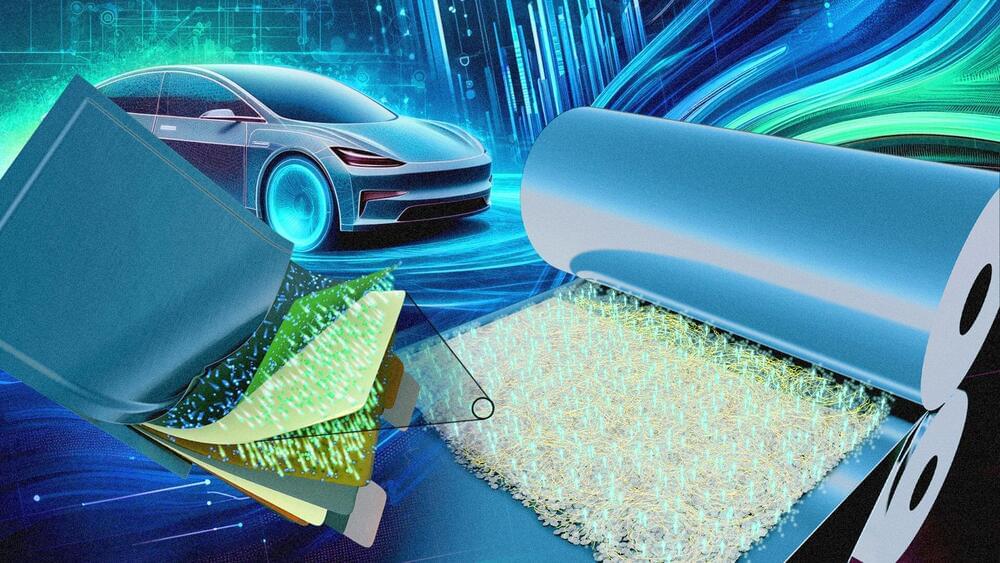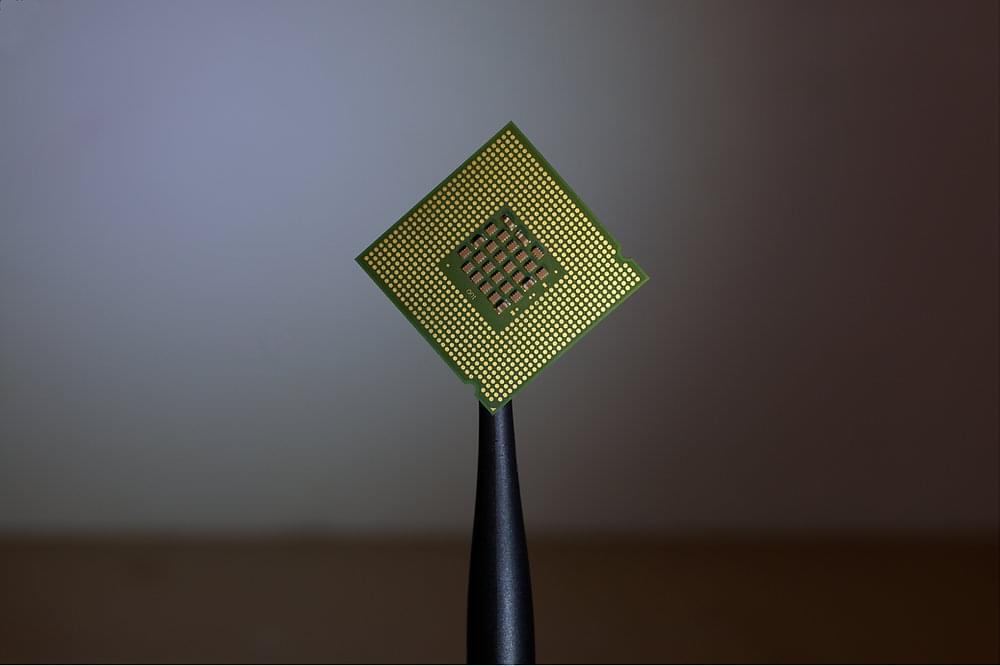This new technology will give doctors a closer look. Introducing Pillbot: a tiny disposable robot that you swallow to let doctors see inside your body. In a live demo on the TED Talk stage, creators Alex Luekbe and Vivek Kumbhari show how this pill-sized device navigates the inside of your stomach with a camera, giving a direct view of the entire organ — without the discomfort of invasive procedures — paving the way for further exploration of the human body. “Inside each and every one of us holds mysteries and wonders that if unlocked, lead to better health, performance and longevity,” says Luebke. Visit the link in bio to watch the full talk.’
Advancements in the field of robotics are fueled by research, which in turn heavily relies on effective platforms to test algorithms for robot control and navigation. While numerous robotics platforms have been developed over the past decades, most of them have shortcomings that limit their use in research settings.
Researchers at the University of California (UC) Berkeley recently developed Berkeley Humanoid, a new robotic platform that could be used to train and test algorithms for the control of humanoid robots. This new humanoid robot, introduced in a paper posted to the preprint server arXiv, addresses and overcomes some of the limitations of previously introduced robotics research platforms.
“Having conducted several experiments with commercially available robots, we have become aware of some of their weaknesses,” Qiayuan Liao, co-author of the paper, told Tech Xplore. “For instance, some robot hardware is very expensive, while other hardware is not designed especially for learning-based control or for research, which often means that it is ‘fragile,’ easy to break, and hard to maintain and repair.”
For the past decade, disordered rock salt has been studied as a potential breakthrough cathode material for use in lithium-ion batteries and a key to creating low-cost, high-energy storage for everything from cell phones to electric vehicles to renewable energy storage.
A new MIT study is making sure the material fulfills that promise.
Led by Ju Li, the Tokyo Electric Power Company Professor in Nuclear Engineering and professor of materials science and engineering, a team of researchers describe a new class of partially disordered rock salt cathode, integrated with polyanions—dubbed disordered rock salt-polyanionic spinel, or DRXPS—that delivers high energy density at high voltages with significantly improved cycling stability.
Chinese solar PV giant Trina Solar has successfully begun commercial operations at a new agri-voltaic solar project in Japan that combines solar modules with a yam crop that thrives in the shade.
The agrivoltaic project is only small – just 2.4 MW – and is located in the city of Fukuchiyama in Japan’s northern Kyoto Prefecture, but is a demonstration of the new way of thinking about the use of solar projects and existing farmland.
The Fukuchiyama project is paired with the cultivation of the Japanese yam, also known as ebi-imo, a crop native to the region which thrives in shade.
Using observations from a NASA suborbital rocket, an international team of scientists, for the first time, has successfully measured a planet-wide electric field thought to be as fundamental to Earth as its gravity and magnetic fields.
Using a polymer to make a strong yet springy thin film, scientists led by the Department of Energy’s Oak Ridge National Laboratory are speeding the arrival of next-generation solid-state batteries. This effort advances the development of electric vehicle power enabled by flexible, durable sheets of solid-state electrolytes.
The sheets may allow scalable production of future solid-state batteries with higher energy density electrodes. By separating negative and positive electrodes, they would prevent dangerous electrical shorts while providing high-conduction paths for ion movement.
These achievements foreshadow greater safety, performance and energy density compared to current batteries that use liquid electrolytes, which are flammable, chemically reactive, thermally unstable and prone to leakage.
Researchers at the École Polytechnique Fédérale de Lausanne (EPFL) have developed a revolutionary miniaturized brain-machine interface (MiBMI) that converts brain activity directly into text. This breakthrough technology, housed on silicon chips with a total area of just 8mm², marks a significant advancement in brain-computer interface technology.
The study, published in the IEEE Journal of Solid-State Circuits and presented at the International Solid-State Circuits Conference, highlights a device that could dramatically improve communication for individuals with severe motor impairments.
Scrolls found in the shadow of Vesuvius and libraries of ancient texts besides are being illuminated by machine learning and computer vision.
Good channel here.
Enjoy the videos and music you love, upload original content, and share it all with friends, family, and the world on YouTube.









